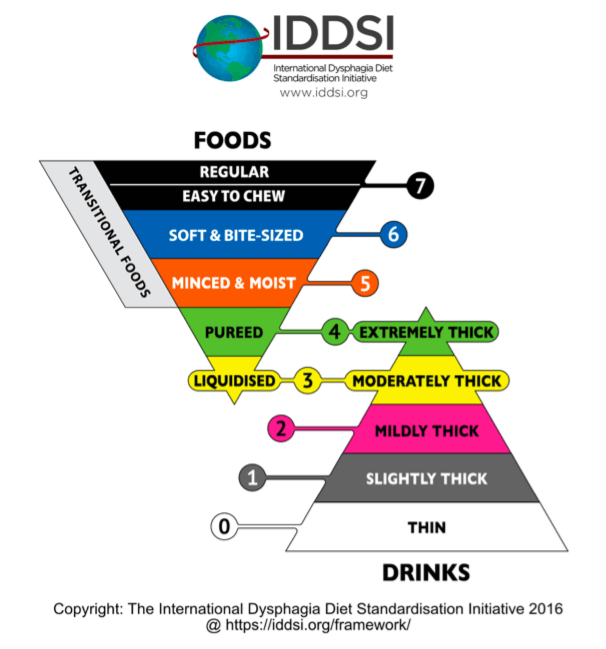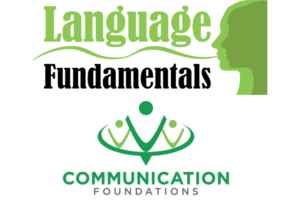UPDATE September 2022: The Academy of Nutrition and Dietetics announced that beginning October 2021, IDDSI will be the only texture-modified diet recognized by Nutritional Care Management, NCM®.
Get ready for IDDSI. Also known as the International Dysphagia Diet Standardization Initiative.
Lately, there has been a lot of buzz over diets, diet levels, and concerns about regulating them more effectively. I can honestly say that I have been in more than my fair share of skilled nursing facilities and hospitals over the years and one thing that I have found is that there is a need to have a more standardized dietary program. Some facilities have 4 diets, others 3, and even others have so many additions and substitutions that it is enough to make your head swim.
IDDSI will officially launch on May 1, 2019, in the United States after years of development and endorsement by The Academy of Nutrition and Dietetics (AND) and the American Speech-Language-Hearing Association.
According to the IDDSI website, the premise is to: “Achieve global diet terminology, creating common terminology and common understanding across international borders, across the lifespan, across all professions, and across all stakeholders to help the care of people with difficulty swallowing (dysphagia).”
The idea is to eliminate confusion between diets listed as ground vs chopped and puree vs blenderized. We have written (at what may feel like length) that Dysphagia is a significant issue that we try to address in skilled nursing. Dysphagia frequently leads to aspiration pneumonia which may lead to death and or costly hospitalization.
The IDDSI dysphagia diet framework consists of eight levels (0-7) and includes both foods and liquids on a single continuum. As seen below, it takes has an interesting visual model with two triangles one inverted to the other. The levels are identified by numbers, text labels, and color codes with drinks being measured from Levels 0-4, while foods are measured from Levels 3-7.

The IDDSI Model
The IDDSI model expands and separates the liquids to offer more choices to increase freedom to patients when appropriate. Instead of Thin, Nectar, Honey, and Pudding, the nectar is divided into two categories with slightly thick liquids including items such as drinkable supplements. Additionally, levels 3 and 4 include food and drink criteria with level 3 including moderately thick liquids and liquidized foods, and level 4 including extremely thick liquids and pureed foods. If I may editorialize, this is a good thing as we have often run into “soupy” or thin puree that has been problematic in the past.
By Level 5 we are firmly into the area of foods and we see a minced consistency (4mm), which are “swallow-ready” so this diet requires minimal chewing. Level 6 contains bite sizes that are 1.5cm or 15mm so that if we see premature spillage of the bolus the person is less likely to choke. However, patients can still be at risk depending on how they take their food.
Would you like to talk about implementing IDDSI at your SNF? Great communication between Speech Therapy and the rest of the interdisciplinary team will ensure a smooth transition. Please feel free to comment in the box below.


